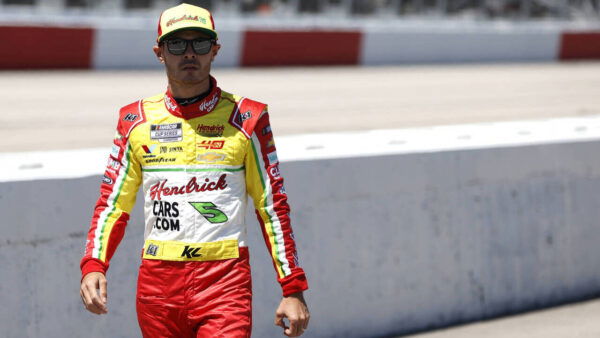Red Bull explain why 2022 challengers will be faster on the straights

Red Bull
The brand new 2022 car of Red Bull was launched on February 9, Wednesday after Haas drew curtain on their VF-22. The stunning dark black and red livery is all decked out with different set of tyres this year.
This season, Formula One will race all-new cars based on ground-effect aerodynamics, a completely different design philosophy than last year’s cars, in the hope that they will bunch up the field because they should create less ‘dirty air,’ making it easier to follow. Adrian Newey, Red bull’s design guru also admits that the 2022 F1 season’s technical changes are the biggest seen in three decades of f1.
“It’s been a very unusual process. It’s a huge regulation change, the biggest we’ve had since 1983 when the Venturi cars were banned and flat-bottomed cars were introduced,” Newey said.
Of the teams, only Aston Martin raced with their 2022 challenger at the time of writing, but some teams will soon have a private shakedown before the first official day of the race on February 23 in Spain.
In an interview, Adrian explained how racing can be made better through the logic behind ground-effect aerodynamics and said, “The theory is you create a shape where, as the downforce is produced, that always produces upforce at the back of the car so you get this kind of roaster tail coming up at the back.“
“If that then back-fills, or side-fills, from underneath, then the wake from the car goes above the car that’s following you. The car behind then keeps its downforce much better than previously and the aerodynamic changes that led to this are designed to help with overtaking,” Adrian added.
Also read: Toto Wolff ‘pleased’ with the progress in developing a more diverse…
Pierre Wache gives his take take on the new RB18

Pierre Wache, a French Formula One engineer who is currently working as the technical director at the Red Bull Racing Formula One team also believes that the new RB18 will be faster than last year as a result of that on the straights.
“What they wanted to do is clearly to create and generate the downforce from the ground compared to before, when it was generated by the ground but also mainly by the front wing, rear wing and the bodywork,” Wache said.
“It will affect, for sure, the ride of the car, the mechanical grip and the drag of the car. This generation of downforce is quite efficient and this type of car should be a lot quicker on the straight at these levels of downforce,” he added.
Paul Monaghan, Chief Engineer also talked about the aerodynamic effect and said, “The nose box is certainly longer. So, wherever you put your split for front of chassis into the structure at the front, that structure has got a lot longer, the overhang is greater.“
“[With the tyres] the thinking is road relevance, in that the majority of road cars now have relatively big wheels but they also come with pretty low-profile tyres. We’ve come up on the wheel size to 18 inches as a line in the sand. It’s certainly put a bit of weight onto the car. The tyre is bigger overall, so it has a fairly significant aerodynamic effect.“
Also read: ‘He’s done a great job!’ Michael Masi gains Sebastian Vettel’s support…







